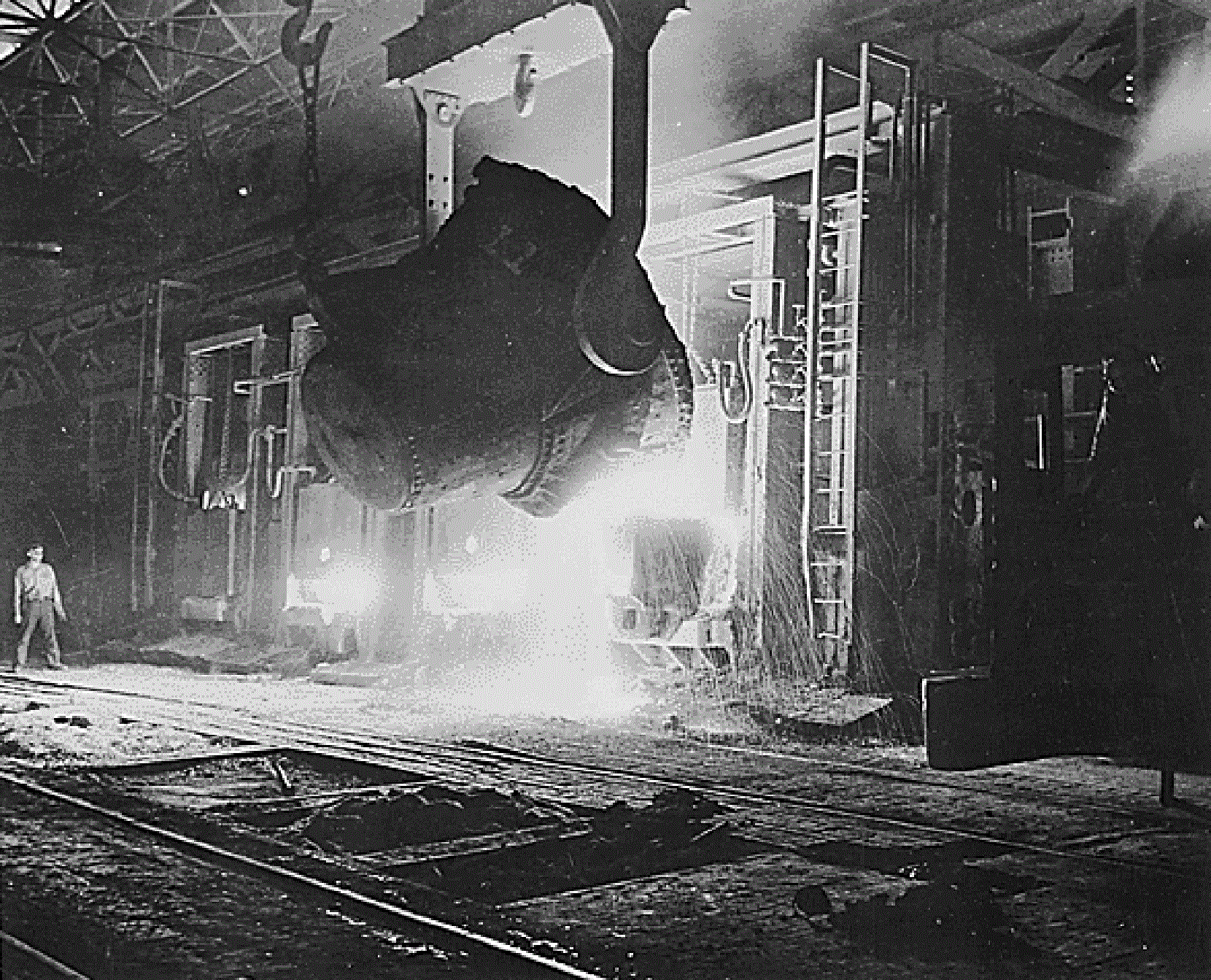Last updated: December 28, 2023
Article
Pittsburgh, Pennsylvania

U.S. National Archives and Records Administration
American World War II Heritage City
Pittsburgh, Pennsylvania contributed a lion’s share of its citizens to the armed forces during World War II: Allegheny County alone suffered 3,982 casualties and 8 soldiers from Pittsburgh and the surrounding metro area received the Medal of Honor.
Contributions from an army of workers on the home front were equally important. The region was instrumental to the federal government’s efforts to convert civilian production to military goods, spending $511 million on factory expansion during the war, the sixth largest amount among the country’s then-leading industrial centers. The expansion efforts not only increased capacity but also rapidly converted many light strip mills into heavy plate mills for the construction of warships, tanks, and other heavy machinery. Factories that had not recovered from the Great Depression would come to operate around the clock, churning out defense materials including airplane propeller blades, torpedoes, electronic radio systems, anti-aircraft guns, generators, and a remarkable amount of steel and aluminum.
Steel producers in Pittsburgh responded quickly to the war effort: increasing production by more than 200 percent by 1942, becoming the world’s leading producer of steel. (Factory expansion at the Homestead mill caused the necessary displacement of some 8,000 residents). The Mesta Machine Company produced more than half of the 155mm gun tubes used in the war. Local factories converted machinery designed for domestic production toward military materials, including armor for tanks, railway components, and specialized turbine equipment for maritime use. The community was also known for its shipbuilding, producing 20 percent of LSTs (Landing Ship, Tank) built during the war, as well as sub chasers, LSM (Landing Ship, Medium) and a variety of transport craft.
Workers needed housing and 16 federally sponsored projects were built in Pittsburgh to meet demand, including the Aluminum City Terrace, designed by Walter Gropius and Marcel Breuer.
The Pittsburgh Courier, an African American newspaper with over 400,000 subscribers nationwide, helped to popularize the “Double V” campaign: promoting the idea that victory overseas against the Axis would result in the defeat of racism on the home front. The newspaper also championed the Tuskegee Airmen as representing the contributions of African Americans to the war effort. Pittsburgh also has important associations with the famous “We Can Do It” poster.
Completed in 1910, the Soldiers and Sailors Memorial Hall and Museum commemorates Pittsburgh’s home front contributions and hosts a variety of WWII related events and exhibits. The Veterans Breakfast Club is a unique organization that recaptures the camaraderie of the military experience through veterans talking to veterans in an oral history project. Fifteen local memorials commemorate the sacrifices of World War II. The community supports the Southwestern Pennsylvania World War II memorial and a Tuskegee Airman Memorial. Several local museums, including the Heinz History Center, host programs, collect oral histories, and hold archival materials related to the home front.
